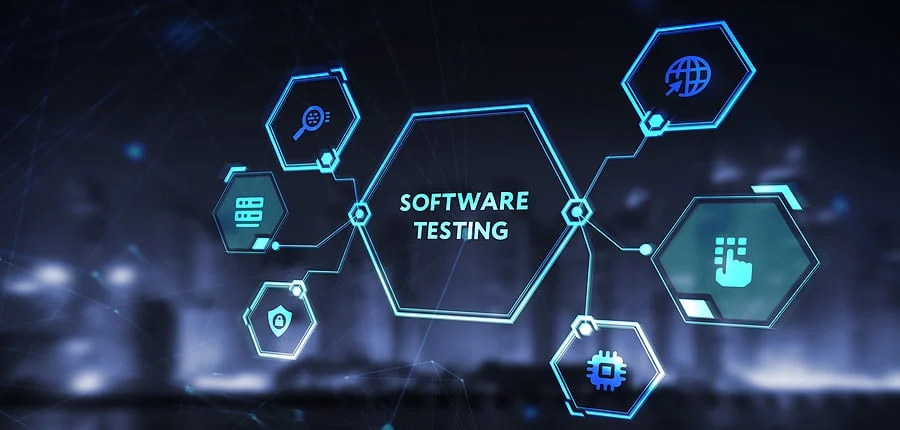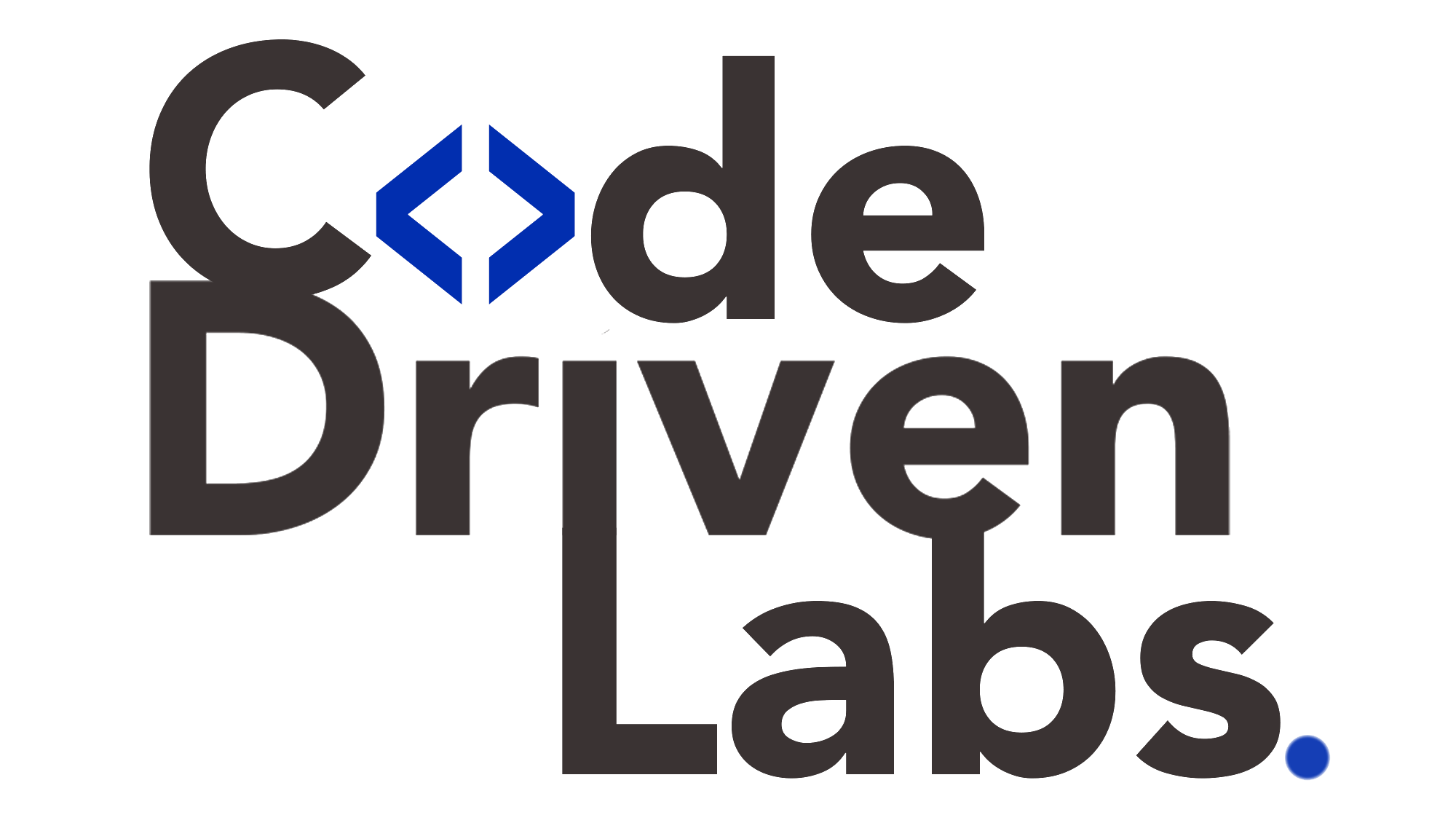Level up your business with US.
- Home
- Top Software Testing Trends to Watch in 2025: From AI Integration to Continuous Testing
Top Software Testing Trends to Watch in 2025: From AI Integration to Continuous Testing
July 27, 2025 - Blog
Top Software Testing Trends to Watch in 2025: From AI Integration to Continuous Testing
As software systems grow more complex and user expectations skyrocket, software testing continues to evolve at a rapid pace. With 2025 on the horizon, businesses are rethinking traditional QA methods and embracing emerging technologies to keep up with demand. From AI-powered testing to continuous testing in DevOps pipelines, the future of software quality assurance is data-driven, automated, and smarter than ever before.
This blog explores the top software testing trends for 2025 and how forward-thinking businesses can leverage these innovations to ensure faster delivery and better user experiences. We’ll also discuss how Code Driven Labs, a leader in software solutions, helps businesses adopt modern testing practices seamlessly.

1. AI and Machine Learning Integration in Testing
One of the most transformative trends in software testing is the integration of Artificial Intelligence (AI) and Machine Learning (ML). In 2025, AI is not just an experimental concept in QA—it’s becoming essential.
Key Use Cases:
-
Test case generation based on user behavior and previous defects
-
Defect prediction using historical data to prioritize risky areas of the code
-
Self-healing scripts that adapt automatically to UI changes
-
Visual testing powered by image recognition
AI reduces the dependency on manual efforts, improves accuracy, and shortens testing cycles. Tools like Testim, Applitools, and Functionize already offer AI-driven capabilities that are becoming mainstream.
2. Shift-Left Testing and Early Bug Detection
In 2025, Shift-Left Testing is no longer optional. The idea is simple—test earlier in the development cycle to identify bugs before they become expensive. Modern DevOps pipelines now integrate unit, API, and performance testing right into the CI/CD process.
Why It Matters:
-
Saves cost and effort by detecting bugs early
-
Improves collaboration between developers and QA
-
Encourages faster releases with fewer regressions
Tools like JUnit, Postman, and SonarQube allow teams to embed testing from the first lines of code.
3. Continuous Testing for Agile and DevOps
Continuous Testing (CT) is the backbone of modern software delivery. It ensures that quality checks happen at every stage of development. In 2025, CT is tightly coupled with DevOps workflows, offering real-time feedback.
Key Components of CT:
-
Automated unit and integration tests in CI pipelines
-
Parallel testing for faster execution
-
Real-time test analytics and dashboards
This approach enables faster releases without sacrificing quality. Tools like Jenkins, GitHub Actions, and Selenium Grid play a crucial role in supporting continuous testing environments.
4. Test Automation Beyond the UI
While UI test automation remains important, 2025 sees a strong push toward API-level and backend automation. These tests are faster, more stable, and critical for testing microservices and cloud-native applications.
Trends in Backend Testing:
-
Widespread use of REST and GraphQL API testing
-
Load and stress testing at the service layer
-
Contract testing for microservices (e.g., using Pact)
A balanced testing strategy will include unit, API, and UI tests to ensure end-to-end reliability.
5. TestOps: Operationalizing Testing at Scale
TestOps—an emerging concept—refers to the operational management of testing across large teams and multiple CI pipelines. With growing test coverage and infrastructure complexity, managing test environments, data, and reports is becoming a full-time job.
Key Elements:
-
Centralized test management tools
-
Intelligent scheduling and orchestration
-
Dashboards for tracking test debt and flaky tests
Solutions like TestRail, Zephyr, and Allure help QA teams take control of test operations efficiently.
6. Autonomous and Self-Healing Test Automation
Traditional test scripts often fail when there are minor changes in the UI or workflow. In 2025, we’ll see wider adoption of self-healing test scripts—enabled by AI—which automatically adjust themselves when the application under test changes.
Benefits:
-
Reduces test maintenance
-
Increases test reliability
-
Saves time and cost
This trend is essential for fast-moving product teams and is being championed by tools like Testim and Mabl.
7. Testing for Security, Privacy, and Compliance
With increasing regulations like GDPR, HIPAA, and CCPA, security testing is more critical than ever. In 2025, QA teams will collaborate more closely with DevSecOps to integrate security testing into the development lifecycle.
Focus Areas:
-
Static and dynamic security testing (SAST/DAST)
-
Vulnerability scanning
-
Penetration testing automation
-
Compliance checks and data masking
Security is no longer just a security team’s job—QA plays a vital role.
8. Test Data Management and Synthetic Data Generation
Data is the foundation of effective testing. But with data privacy laws and complex applications, generating valid, realistic, and compliant test data is a growing challenge. In 2025, organizations are using synthetic data and data masking to fill the gap.
Best Practices:
-
Generate synthetic datasets for edge-case testing
-
Automate data refresh and versioning
-
Ensure compliance with anonymized data
Modern test data platforms can integrate with your DevOps toolchain to enable data-on-demand.
9. Cloud-Based and Cross-Browser Testing
With users accessing apps on countless browsers and devices, cloud-based cross-browser testing is now a must. Platforms like BrowserStack and Sauce Labs allow on-demand testing across different environments.
Advantages:
-
No need to maintain physical device labs
-
High scalability and concurrency
-
Support for mobile, web, and legacy browsers
This trend is only growing as businesses prioritize digital accessibility and global reach.
10. The Role of QA Engineers is Evolving
Finally, as testing becomes more automated and integrated with DevOps, the role of QA engineers is changing. In 2025, QA professionals are quality advocates, not just testers.
Evolving Roles:
-
Writing test automation frameworks
-
Collaborating with developers in agile sprints
-
Owning quality metrics and reporting
-
Championing user experience and edge cases
Modern QA teams need coding skills, DevOps understanding, and a deep focus on end-user satisfaction.
How Code Driven Labs Helps Businesses Embrace Testing Trends
At Code Driven Labs, we understand that modern software testing is not just about finding bugs—it’s about enabling faster, smarter, and more confident software releases.
Here’s how we help:
1. AI-Driven Testing Frameworks
We implement AI-powered test automation solutions that adapt to changing codebases and predict failures before they happen.
2. End-to-End Test Automation
Our team builds robust automation frameworks across UI, API, and backend systems to support continuous delivery pipelines.
3. TestOps Enablement
We provide centralized tools and dashboards for managing tests, environments, flaky test tracking, and test coverage.
4. Cloud-Ready Testing Infrastructure
Using platforms like Selenium Grid, BrowserStack, and AWS Device Farm, we help clients test across platforms without hardware investments.
5. Security and Compliance
We offer automated security testing and ensure your test data processes are compliant with global regulations.
6. Expert QA Consulting
Our QA experts collaborate with your development and DevOps teams to integrate quality at every step—from idea to release.
Whether you’re building mobile apps, SaaS platforms, or enterprise solutions, Code Driven Labs brings the tools, expertise, and innovation to elevate your testing strategy in 2025 and beyond.
Final Thoughts
The software testing landscape in 2025 is dynamic, intelligent, and deeply integrated with development and operations. Businesses that adopt AI-driven testing, shift-left approaches, and continuous quality practices will be better positioned to deliver reliable, scalable, and user-friendly software.
Partnering with a tech-forward team like Code Driven Labs can help you transform your QA strategy and stay ahead of the curve in an ever-accelerating digital world.
